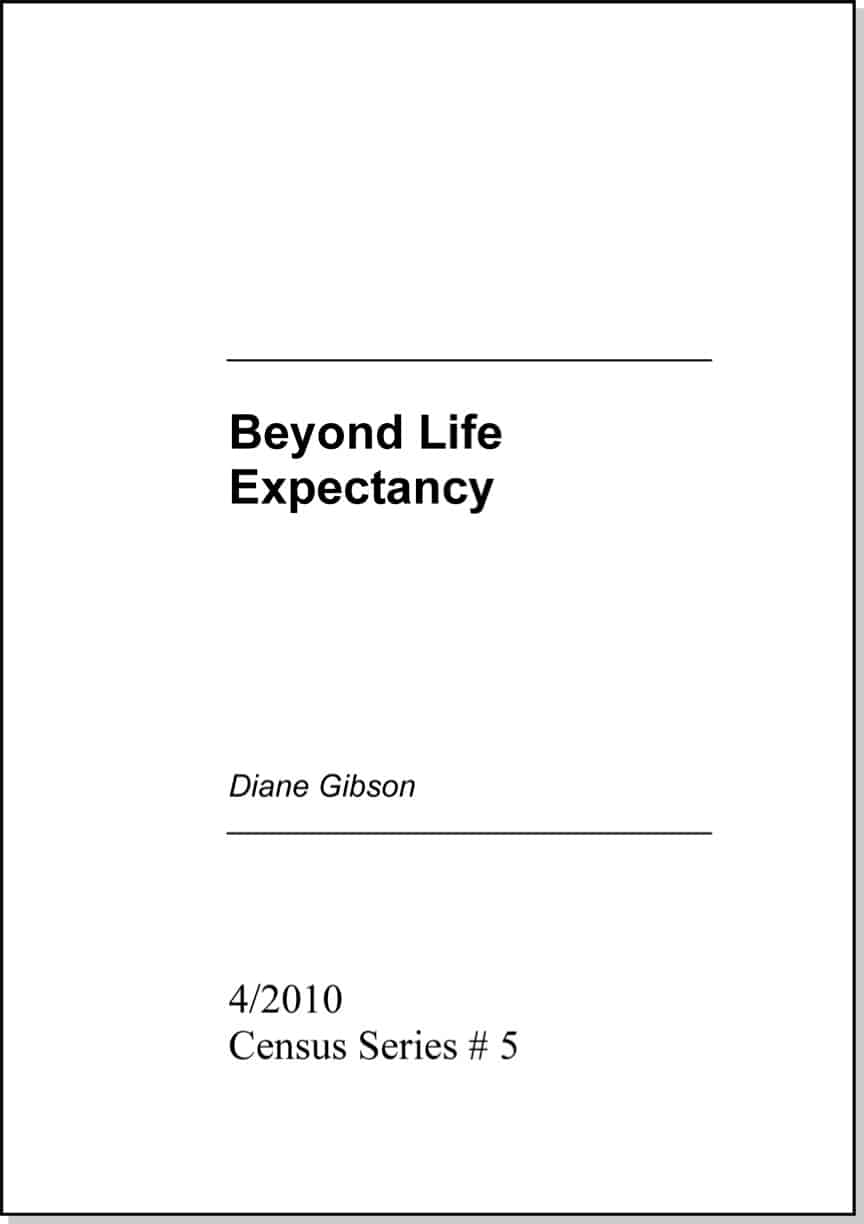FutureMedia has finally issued a clarification on its claim that Professor Andrew Hopkins was nominated for the US Commission of Inquiry into the BP Gulf of Mexico oil spill as discussed at SafetyAtWorkBlog on 3 June 2010. It advises that it took its nomination story from comments by the “former Research Director of the US Chemical Safety Board” and apologises “for any confusion caused by the press release” but has not granted permission for the clarification to be republished here
Futuremedia has distributed the correction to the same recipients of the original media release for their consideration.
SafetyAtWorkBlog contacted the US Chemical Safety Board (CSB) directly, as Futuremedia did not divulge the source for the inaccurate information in its media release. Continue reading “Clarification on Andrew Hopkins and the US Commission of Inquiry”



